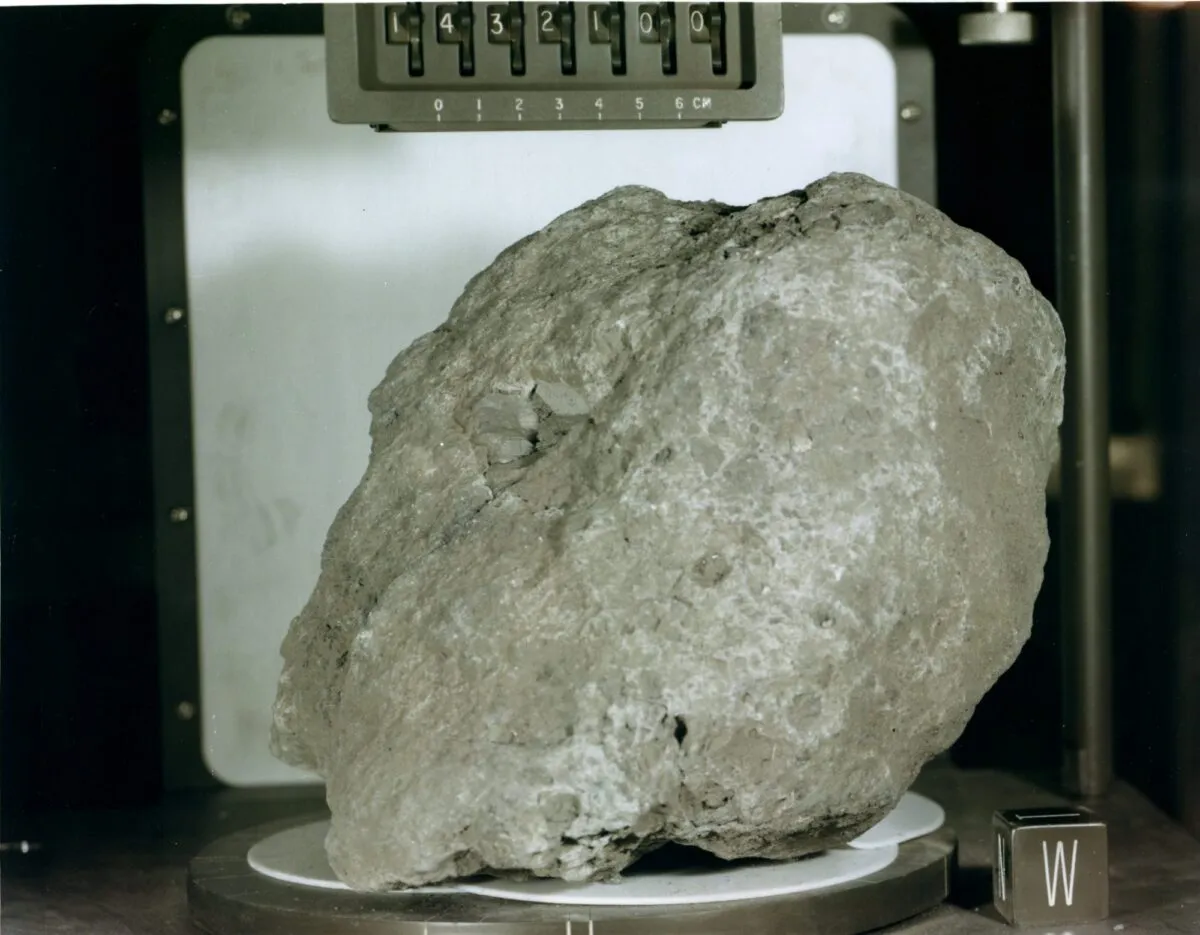When planetary scientists are trying to understand the surfaces of planets and other worlds in our Solar System, and the processes that form and shape them, the ages of different features is a crucial detail.
It’s straightforward to deduce the relative chronology of different plains of volcanic rocks or sedimentary deposits by looking to see which one appears to lie on top of or cut across the other, but this only tells you that one splodge of rock is older or younger than its neighbouring formations.
What would be so much more useful to know is the absolute age of particular surfaces – for example, this volcanic plain is 200 million years old, but that one erupted only 60 million years ago.
How do we know what age Earth is?
On Earth, one of the main methods we use to date the formation of geological strata is to measure the amounts of different radioactive isotopes the rock contains. Unfortunately, when it comes to our exploration of other planets, this sort of measurement is currently impossible for the instruments aboard lander probes such as the Curiosity rover on Mars.
Luckily, planetary scientists do have a trick up their sleeve. In general, the older a planetary surface is, the more impacts to which it will have been exposed.
Craters accumulate over time like raindrops on a paving slab during a light drizzle, and so finding relative ages becomes a process of crater-counting.
But in order to calculate a much more useful estimate of the absolute age of a surface, you also need to know the rate that impacts of different sizes occur through the Solar System. And this is why the Apollo Moon missions were so valuable.

The Apollo crews collected rock samples from known locations on the lunar surface and brought them back to labs on Earth so that the radioactive isotopes could be measured (for more on this, read our article on what the Apollo lunar samples have taught us about the Moon).
Planetary scientists could then match up these radiometric ages with crater-counts of the same surface, and so derive a formula that allows us (with some adjustments) to calculate the absolute age of surfaces throughout the Solar System.
Huge amounts of current planetary science is based on these Apollo samples from 50 years ago, and the dating formula published in 1983.
But we now have better images of the lunar surface for crater counting, and more precise isotopic measurements of the recovered rocks.
And so Wajiha Iqbal and her colleagues from the University of Münster thought it was time for a reassessment of these calculations.
Iqbal has spent her PhD using ultra high-resolution Lunar Reconnaissance Orbiter images to generate geological maps of the Apollo 11 landing site and to count craters.
She correlated these with recent measurements of radiometric ages for Apollo rock samples, and compared her updated chronology formula with that of 1983.
And the answer? Absolutely no change. The 1983 chronology formula was bang-on. Which, far from being an anti-climax, is wonderful.
It means nothing needs to be recalibrated from almost 40 years of planetary research, but we only have this scientific confidence if established results are double-checked.
If we never confirmed what we thought we already knew, we’d not spot curious anomalies that could hint at some new science lurking unseen below the surface.
Prof Lewis Dartnell is an astrobiologist at the University of Westminster. Lewis was reading Geological Mapping and Chronology of Lunar Landing Sites: Apollo 11 by Wajiha Iqbal.
This article originally appeared in the June 2020 issue of BBC Sky at Night Magazine.
